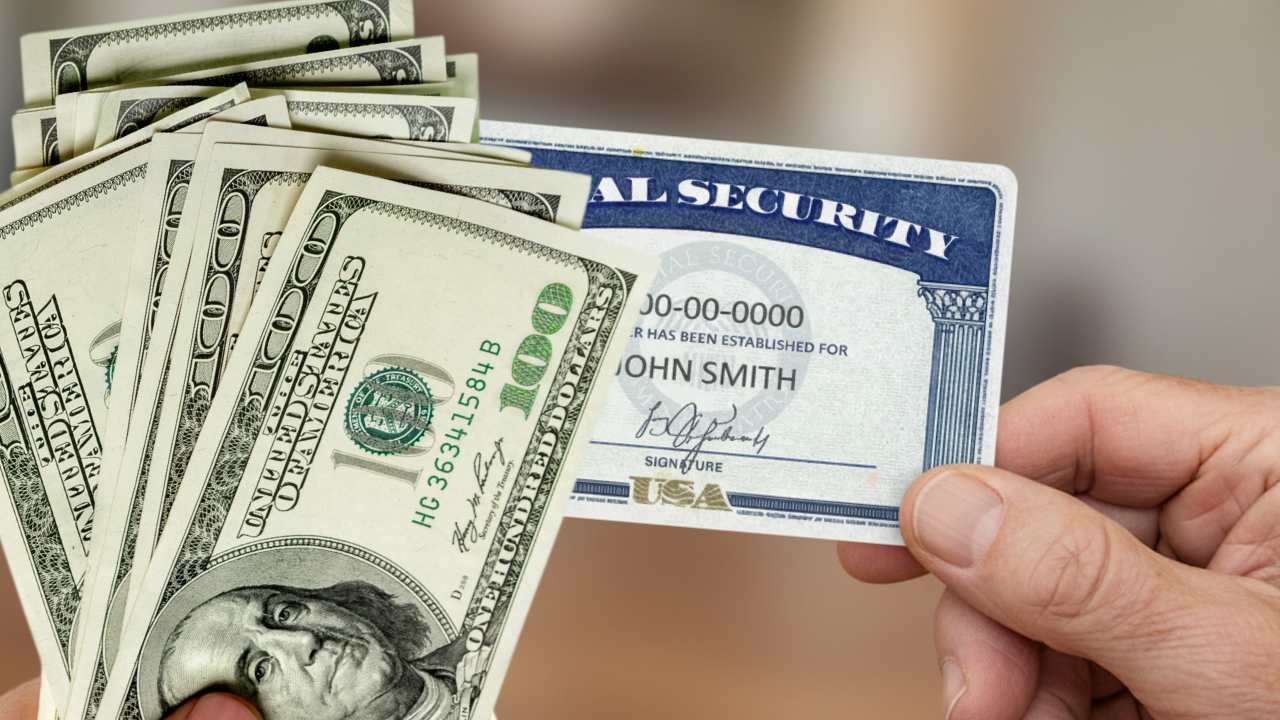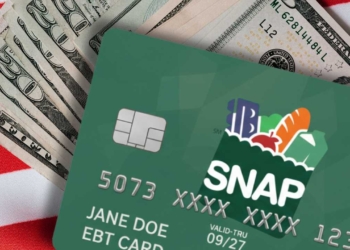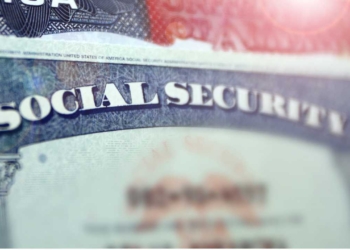If you checked your bank account today and saw a second SSI deposit, you might have thought there was a mistake or a wonderful error in your favor. The truth is, this is a standard procedure, not a bonus or a glitch. The Social Security Administration (SSA) always schedules Supplemental Security Income (SSI) payments to go out on the first day of each month.
But here’s the catch that causes the annual October confusion: if the 1st of the month falls on a weekend or a federal holiday, the SSA moves the payment forward to the last business day before it. Since November 1st this year is a Saturday, your November benefit was sent early, landing in your account on Friday, October 31st. So, you haven’t received extra money; you’ve simply gotten your November payment ahead of schedule.
What’s happening in November and December with your SSI payment
This calendar quirk creates a domino effect for your budget. Because you received November’s payment in October, you will not receive any SSI payment in the month of November itself. It’s crucial to plan for this gap. Then, as we approach the end of the year, the same situation happens again.
You will get your December payment on December 1st, and because January 1st is a holiday, your January 2026 payment will be sent on December 31st. So, you’ll see two deposits in December as well. Understanding this pattern is key to managing your finances through the end of the year and into the next.
The maximum SSI payments valid in November
Now, let’s talk about the numbers for 2025. The payment you received today, on October 31st, is technically your November benefit and is based on the new rates for 2025. The federal government sets maximum monthly amounts, and these figures see a cost-of-living adjustment each year. For 2025, the maximum federal SSI payment for an eligible individual is $967 per month. For an eligible couple, the maximum amount is set at $1,450 per month. There is also a provision for an “essential person,” which allows for a payment of up to $4847 per month.
It’s very important to remember that these are the maximum federal amounts. Your actual payment could be different. If you have other countable income, your SSI benefit might be reduced. On the other hand, many states add a supplemental payment on top of the federal amount, which could make your total benefit larger.
Requirements to apply for SSI benefits
Navigating the eligibility rules for Supplemental Security Income, or SSI, can feel a bit like fitting pieces into a specific puzzle. The program is designed for adults and children with significant disabilities, or for adults who are 65 or older. But age or a medical condition alone isn’t ‘ t enough.
A major piece of the puzzle revolves around your financial situation. The program has strict limits on both your income and the things you own, what they call “resources.” Essentially, you need to have very little money coming in each month and total resources, like cash or bank accounts, under $2,000 for an individual or $3,000 for a couple.
It’s a needs based program, so they’re looking to help those with extremely limited means. On top of the financial requirements, there are a few other key pieces you have to fit into place. You need to be a U. S. citizen or fall into a specific category of a non-citizen, and you have to live in one of the 50 states, the District of Columbia or the Northern Mariana Islands. It’s also not enough to just have a disability ; it has to be a severe condition that significantly limits your ability to work and is expected to last for at least a year or result in death.
The whole process requires a good deal of documentation, from medical records to proof of your income and assets, which is why it can feel like such a daunting task to get through the application.







